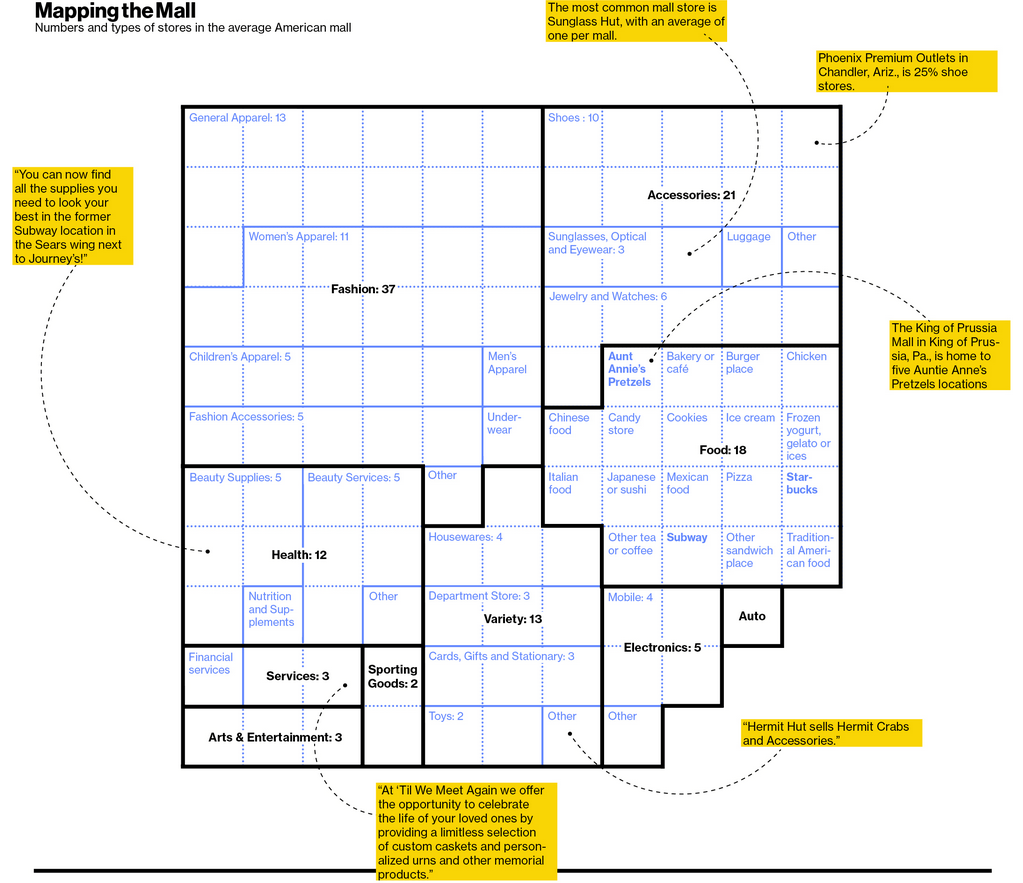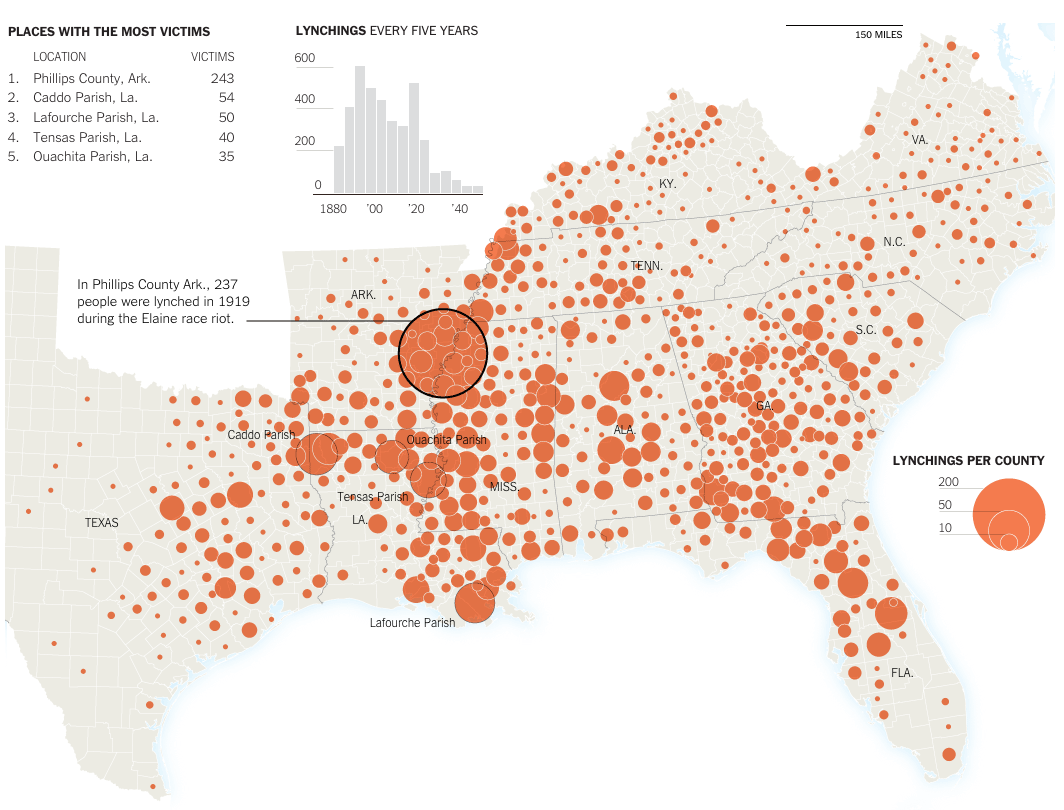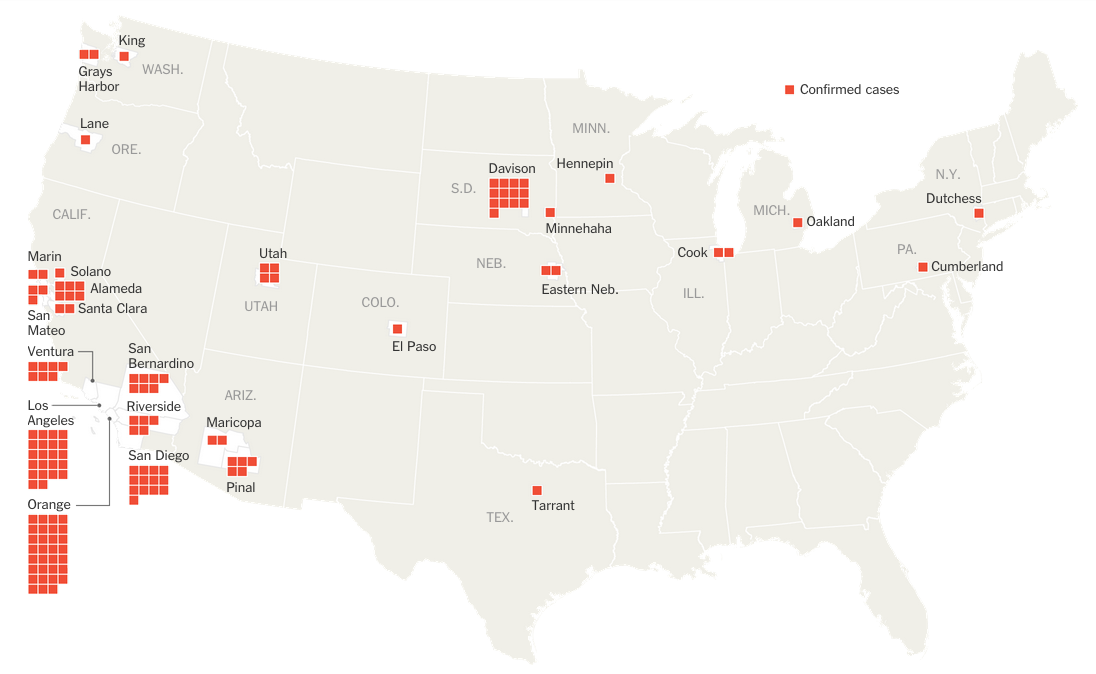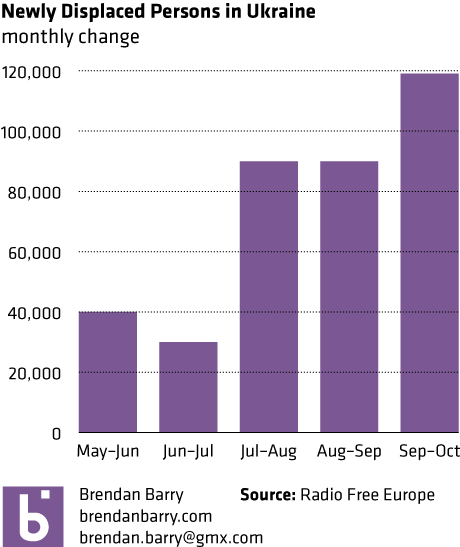War is bad for the population business—arguably good for business business. A year ago, the Hague Centre for Strategic Studies released a .pdf that looked at peace and conflict and their respective drivers. The designers clumsily pieced everything together so that the sum is less than the constituent parts. But, if you isolate each piece and look at it alone, you can ignore the overall design and focus on the merits of each component. The excerpt below looks at the deaths in wars over time and their share of world population.
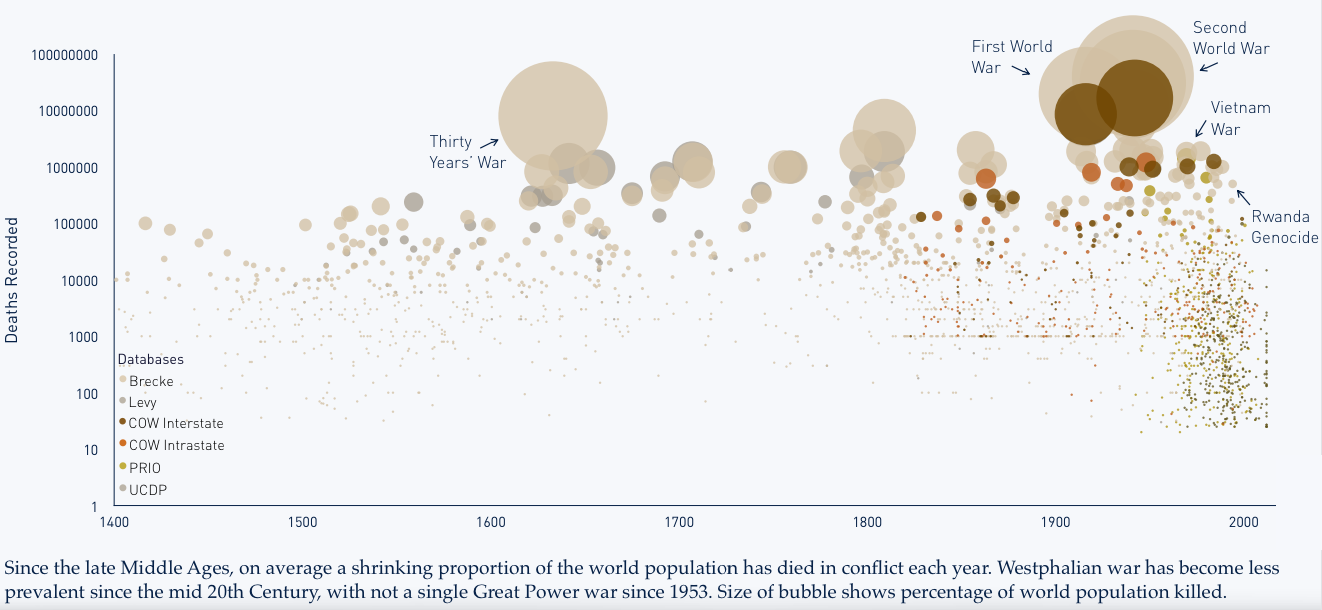
Credit for the piece goes to Tim Sweijs and Joshua Polchar.


